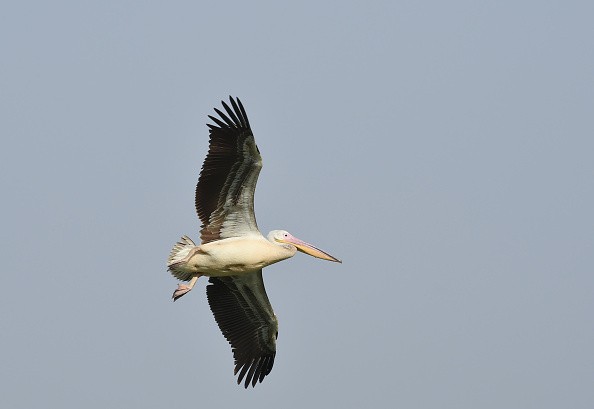The Arctic may no longer be the safe refuge for migrating animal species as it used to be. Climate change and habitat destruction have turned the annual migration of many species, including birds, butterflies, and ungulates, into an ecological trap.

Animal Migration
Many animals are likely to starve, get hunted, or die when they contact disease at greater rates once they arrive at their destination.
Even if a colony of migrating birds or ungulates finds enough food and avoids being killed by local predators, they can die of disease or sickness.
"These findings are concerning," says Vojtch Kubelka, an evolutionary ecologist at the University of Bath in the United Kingdom.
"We've always assumed that northern nesting areas are safe havens for migratory species."
However, that assumption is most likely incorrect. Many species' natural advantages of moving to northern latitudes have certainly been disturbed by human activity.
Human activity is rapidly changing Arctic ecosystems, and new research reveals that recent decades have brought more viruses and parasites, as well as an increase in predators and a decrease in accessible food.
Uncertain Survival
Migrating animals, according to study, suffer more in modern times than creatures who live in one place. It's not just the journey that puts them in jeopardy; once they arrive at their destination, there's no assurance of safety or survival.
Migration has always been a dangerous survival strategy, but it appears to have gotten even riskier recently, with very few benefits.
When scientists looked at 25 recent studies on current Arctic migration, they found three consistent themes: these travels were not always leading to more food, they were likely exposing the animals to more parasites and illnesses, and they were likely placing them at greater risk of predation.

Effects of Climate Change on Animal Migration
Climate change causes some plants to produce (or insects to emerge) earlier or later than they would normally. Climate change also prompt animals to migrate earlier or later than they would normally.
This results in a seasonal mismatch between when an animal arrives in the north and when its main source of nutrition is available leading to food shortage.
So because parents aren't able to feed their children as well as they once could, this could result in higher offspring mortality for animals that travel to reproduce.
"Lemmings and voles used to be the main food supply for predators like foxes in the Arctic," says Kubelka. "However, because of the milder winters, rain can fall on snow and then re-freeze, preventing the lemmings from getting to their food."
The authors of the study are concerned that the extinction of even a few migrating creatures will reorganize the Arctic food web, resulting in a series of accumulating disasters for the ecosystem as a whole.
As a result, the team is advocating for more preservation and conservation of Arctic migratory breeding habitats.
Related Article : Dragonflies Could Possibly be Migrating Thousands of Miles Across the Indian Ocean
For more news, updates about animal migration and similar topics don't forget to follow Nature World News!
© 2025 NatureWorldNews.com All rights reserved. Do not reproduce without permission.





